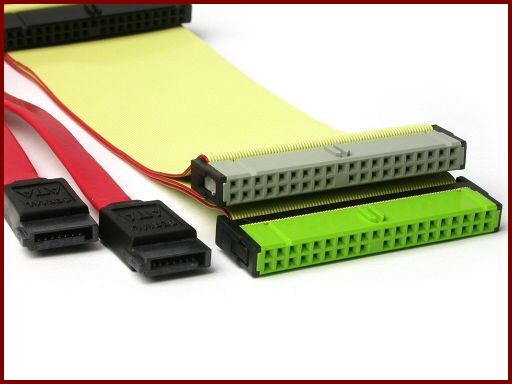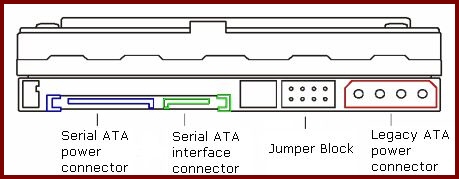Intro
Serial ATA is rapidly taking over from parallel ATA in desktop PCs. James Morris explains why we need this new hard-disk connection
One clear recent trend across PCs on all platforms is the arrival of new-generation serial interfaces to replace long-established parallel interfaces (and old-style serial interfaces, too).
On Macs, USB and FireWire serial interfaces have taken over from adb. On IBM PC-compatibles, USB is replacing or being fitted alongside the old 25-pin parallel port and the nine-pin serial port, while FireWire is finally starting to become standard, as well. In addition, the serial PCI Express motherboard bus is beginning to take over from parallel PCI.
Also on its way out is the IDE/parallel ATA (Pata) connection that’s been with PCs in a variety of guises since IBM personal computers first came with hard disks.
Its replacement, Serial ATA (Sata), has been working its way onto motherboards and is now almost universal in new PCs. New-generation Macs, though, still carry IDE for connecting optical drives and burners, whether DVD or CD, and so do most Windows PC motherboards.
 Sata’s seven-wire data cable is much smaller than Pata’s 40/80-wire cable
Sata’s seven-wire data cable is much smaller than Pata’s 40/80-wire cableand helps airflow around the case. But the tiny data plug is
far less rugged than Pata’s and liable to break after multiple insertions
 The Sata data and power connections are alongside
The Sata data and power connections are alongsideone another to provide a single-plug quick-release option.
On some Sata drives there is also an old-style power socket for
backwards compatibility with the
Molex connectors still standard on many PC power supplies









